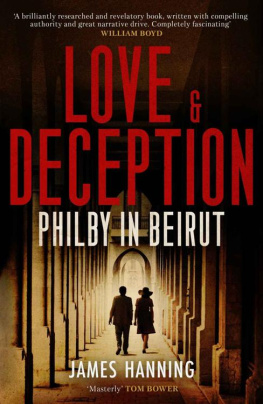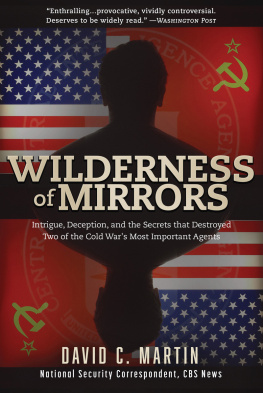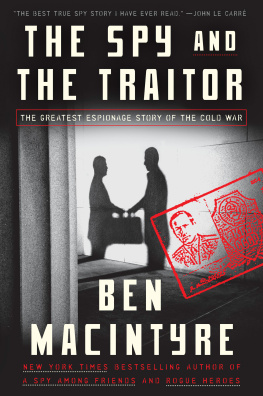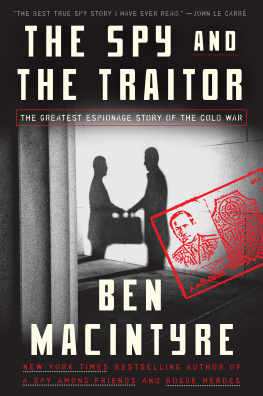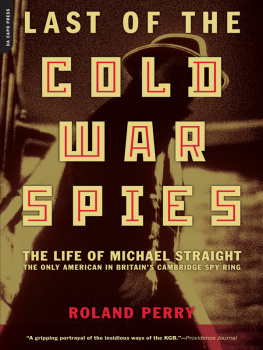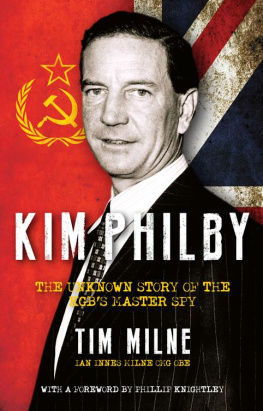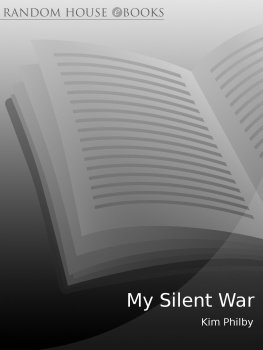Contents
Guide
Michael Holzman
Spies and Traitors
Kim Philby, James Angleton and the Friendship and Betrayal that Would Shape MI6, the CIA, and the Cold War
A LSO BY M ICHAEL H OLZMAN
Lukcss Road to God
Writing As Social Action (with Marilyn Cooper)
James Jesus Angleton, the CIA and the Craft of Counterintelligence
Pax 19341941 [Transgressions] (Novel)
Guy Burgess: Revolutionary in an Old School Tie
The Black Poverty Cycle and How to End It
Minority Students and Public Education: A Resource Book (Two Volumes)
Donald and Melinda Maclean: Idealism and Espionage
The Chains of Black America
The Language of Anti-Communism
Mary Blair West (Novel)
Three-Fifths of an Education
SPIES AND TRAITORS
Pegasus Books, Ltd.
148 West 37th Street, 13th Floor
New York, NY 10018
Copyright 2021 by Michael Holzman
First Pegasus Books cloth edition October 2021
All rights reserved. No part of this book may be reproduced in whole or in part without written permission from the publisher, except by reviewers who may quote brief excerpts in connection with a review in a newspaper, magazine, or electronic publication; nor may any part of this book be reproduced, stored in a retrieval system, or transmitted in any form or by any means electronic, mechanical, photocopying, recording, or other, without written permission from the publisher.
ISBN: 978-1-64313-807-7
Ebook ISBN: 978-1-64313-808-4
Jacket design by Faceout Studio, Spencer Fuller
Jacket art by Getty and Arcangel
Distributed by Simon & Schuster
www.pegasusbooks.com
For Jane
Acknowledgments
Many friends and colleagues have read and commented on parts of the manuscript at various stages of its production. I am particularly grateful to Jeff Hulbert, a superior researcher, and to Shelley Glick, the intrepid reference librarian at the Briarcliff Manor Village Public Library. Jane MacKillop has read the entire manuscript many times, patiently providing criticism, support, and encouragement.
Errors, of course, are my own. I would be grateful to have them brought to my attention so that they might be corrected.
Health warning: Information from secret intelligence organizations and those associated with them are not to be accepted without independent corroboration.
PROLOGUE: London, April 1946
The war in Europe had been over for nearly a year. Churchill, the victor, had been thrown out of office by the votes of his own soldiers and sailors. England was exhausted, bankrupt, many of its factories and the centers of its cities destroyed, food rationed, hundreds of thousands of its men still overseas, the economy dependent on the labor of enemy prisoners of war. London, capital of the greatest empire the world had seen, was broken, pockmarked with wild-flower-strewn bomb sites. But the headquarters of the Secret Intelligence Service, MI-6, in Broadway Buildings and across St. Jamess Park that of its counterintelligence division, Section V, had survived intact. As had the Caf Royal in nearby Regent Street, London.
Captain James Jim Angleton, chief of counterintelligence for the Mediterranean Theater for the US Armys Strategic Services Unitthe SSU, all that survived of the fabled OSShad traveled up from Rome seeking advice from his mentor, H. A. R. Kim Philby, formerly of Section V, MI-6 counterintelligence. After meetings during office hours, they, and the head of Section V, Lt. Col. Timothy Milne, went to a nearby restaurant for a long dinner.
The Caf Royal was a short twenty-minute walk across St. Jamess Park from the Broadway Buildings, and less than half that distance from Ryder Street where MI-6 had sub-let accommodations to the American counterintelligence staff of OSS. It had been at Ryder Street that the future leaders of the CIA learned their trade. Malcolm Muggeridge described them in his condescending, oft-quoted description: Ah, those first OSS arrivals in London! How well I remember them, arriving like jeunes filles en fleur straight from a finishing school, all fresh and innocent, to start work in our frowsy old intelligence brothel; all too soon they were ravished and corrupted, becoming indistinguishable from seasoned pros who had been in the game for quarter of a century or more. Among the most innocent had been young, passionate, Jim Angleton, rescued from a dismal term in the Harvard Law School by a friendly conspiracy between his father, already a major assigned to OSS, and his old Yale instructor, Norman Pearson, head of X-2. And in this case Muggeridge was right: by that postwar spring Angleton had become professionally indistinguishable from the seasoned pros in MI-6, such as Kim Philby.
After his 1944 induction into counterintelligence tradecraft by Philby in London, Angleton had been posted to Italy, beginning his work there with routine interrogations of people who had been captured trying to cross the lines between the Allied and Axis armies. He then established networks of agents and opened relations with the Italian naval and civilian intelligence organizations. Soon enough he was, in effect, running those organizations insofar as their activities interested him. He developed liaison relations with a dozen or more foreign intelligence organizations, securing access to, and copies of, their files (a collection later to become the foundation of CIAs own Registry. Angleton would always stress the importance of files and liaisons.) He intervened in Italian politics at the highest levels, seized fascist collaborators at gunpoint from under the noses of partisans, ate well, and from time to time, with traces of remaining innocence, wrote poetry late into the night.
But during that April 1946 lengthy dinner in London he was once more the apprentice, literally outranked by Milne and effectively outranked by Philby, who was a civilian, but arguably the equivalent of a colonel in the British service (as he would later claim to be in the Soviet service as well). Angleton needed advice because President Truman had been cleaning house, abolishing the OSS among many other Roosevelt-era organizations, making it known that he disliked espionage, per se. As a consequence the British secret intelligence organizations did not know what to make of the rump of OSS that was the Strategic Services Unit. Or so they said, gaining a certain advantage in negotiations by emphasizing the question of the SSUs possibly brief survival. The Brits werent the only ones who claimed to be doubtful of the need to share secrets with what perhaps was a dying organization. The London branches of the other American intelligence agencies, such as the armys G-2, the navys ONI, the FBI, were also offering limited cooperation. What was to be done? Angleton turned to his old teacher: Kim Philby.
That dinner conversation no doubt included a tour of the counterintelligence horizonItalian and Greek struggles between the British-backed monarchists and the communist partisans, the threat to northeastern Italy posed by a Yugoslavia still firmly aligned with the Soviet Union, the futures of Spain and France. There was so much to discuss, so many secrets to share, hint at, regretfully decline to fully reveal. Philby dangled the bait of certain materials that would become available to the SSU once it was clearly



